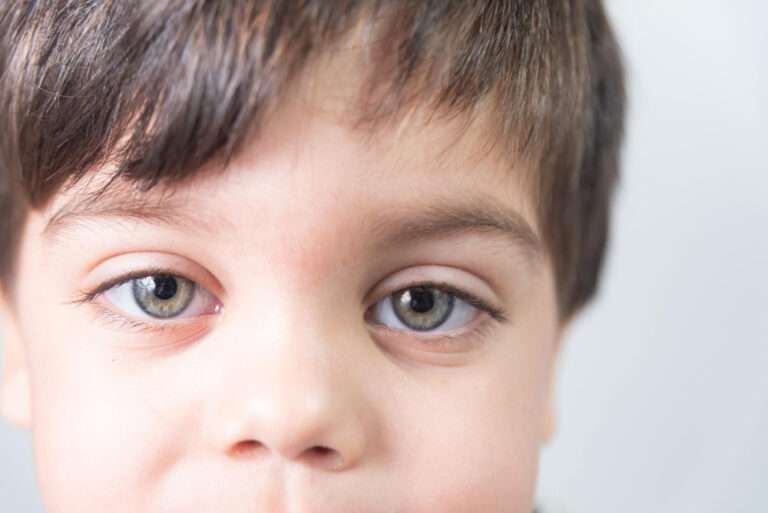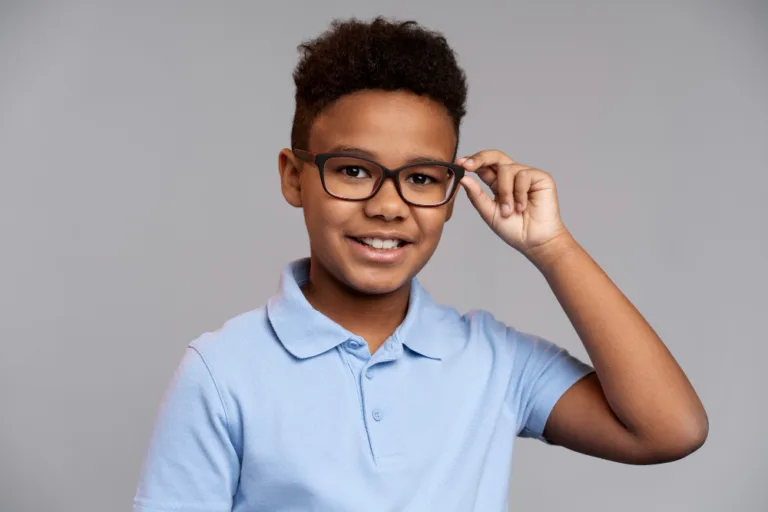Best practices for children with vision problems
Caring for children with vision problems requires special attention and support to ensure their overall well-being and development. Here are some best practices to consider:
- Early Detection and Intervention:
- Schedule regular eye exams for your child, starting from infancy. Early detection of vision issues is crucial for effective treatment.
- If you notice any signs of vision problems, such as squinting, eye rubbing, or difficulty focusing, consult an eye care professional promptly.
- Consult Pediatric Eye Specialists:
- Seek care from pediatric ophthalmologists or optometrists experienced in treating children’s vision problems. They have expertise in diagnosing and managing pediatric eye conditions.
- Vision Correction:
- If prescribed, ensure that your child wears glasses or contact lenses as recommended by the eye care professional. Proper vision correction can significantly improve their quality of life and learning abilities.
- Age-Appropriate Eye Care:
- Teach your child about the importance of good eye hygiene, including not rubbing their eyes excessively and avoiding activities that may strain their eyes.
- Provide Adequate Lighting:
- Ensure that your home and study areas are well-lit to reduce eye strain. Avoid glare on screens or books that can be uncomfortable for children with vision issues.
- Support in Education:
- Inform your child’s school about their vision condition, so teachers can provide appropriate accommodations, such as sitting closer to the front of the classroom or using enlarged print materials.
- Use Assistive Technology:
- For children with severe vision impairments, consider using assistive technology like screen readers or magnification tools to help them access educational materials and digital content.
- Encourage Outdoor Activities:
- Spending time outdoors can support healthy visual development. Natural light and the varying distances and visual stimuli can be beneficial for children’s eyes.
- Promote Eye Safety:
- Regular Follow-Ups:
- Maintain a schedule of regular eye check-ups and follow the recommendations of the eye care professional for ongoing monitoring and treatment adjustments.
- Balanced Screen Time:
- Encourage breaks and limit excessive screen time to prevent digital eye strain. The 20-20-20 rule—taking a 20-second break every 20 minutes and looking at something 20 feet away—can be helpful.
- Healthy Diet:
- Provide a balanced diet rich in vitamins and minerals that support eye health, such as vitamin A, vitamin C, and omega-3 fatty acids found in foods like carrots, leafy greens, citrus fruits, and fish.


Remember that every child’s vision needs are unique, so it’s important to work closely with eye care professionals to tailor the care plan to your child’s specific condition and requirements.
------------From our Sponsors------------








